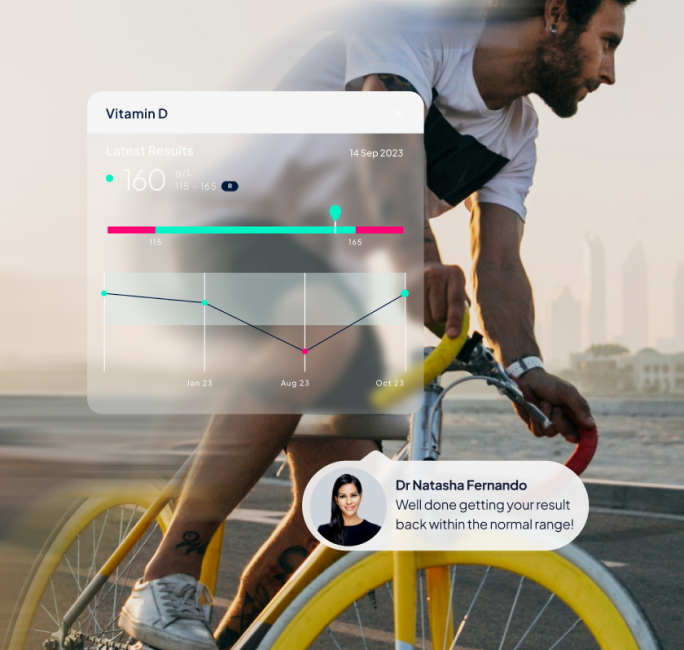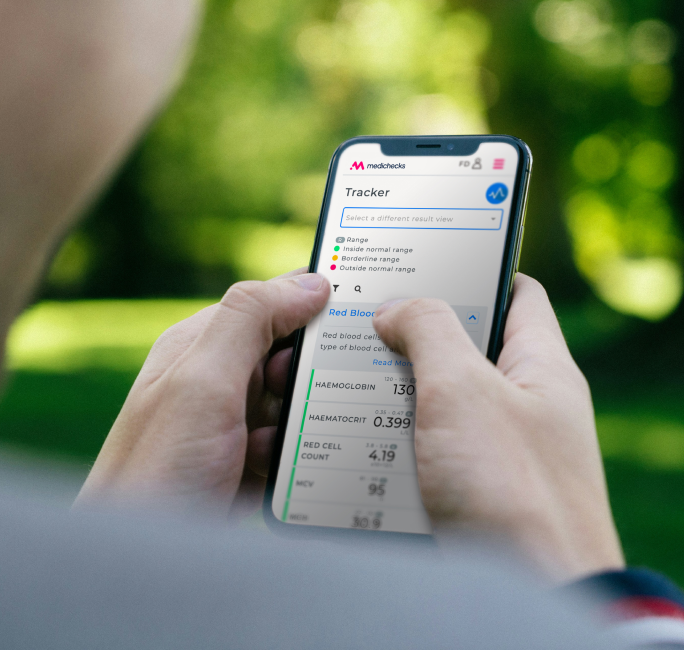If you’re hoping to start a family or simply want to understand more about your reproductive health, our Day 3 Fertility Blood Test provides valuable insights into your ovarian reserve and hormone balance. Taken on the third day of your menstrual cycle, it helps identify potential hormonal imbalances that could influence your ability to conceive.
Tests with LH, FSH, or oestradiol
If you're taking your test to learn more about your fertility, take your test between days 2 and 5 of your menstrual cycle, or ideally day 3. Otherwise, for a general health check or if you're postmenopausal, you can take your test at any time.
In either case, it's important to log the date of your last period, and any other information regarding your periods or menopause status, in your MyMedichecks account right after taking your sample.
If you don't let us know the date of your last period, we'll interpret your result as though you took your test on day 3.











